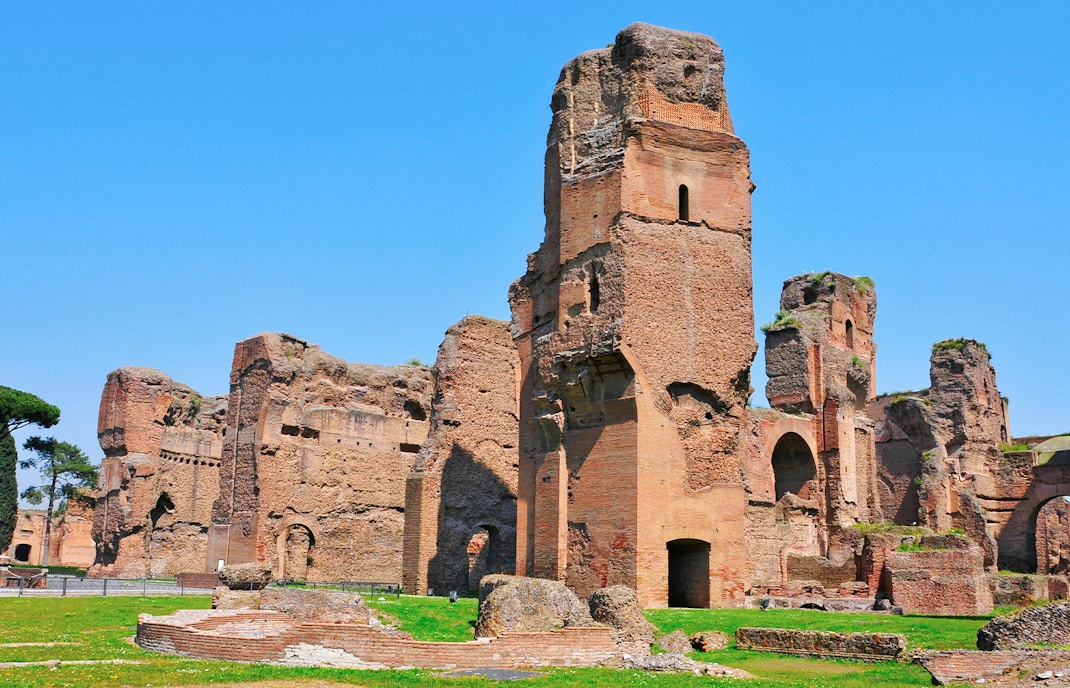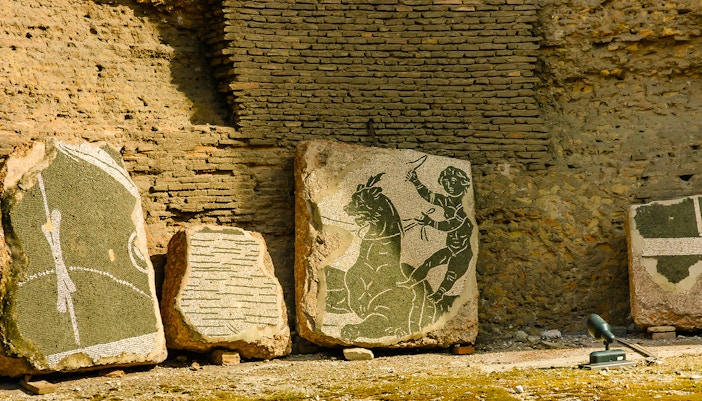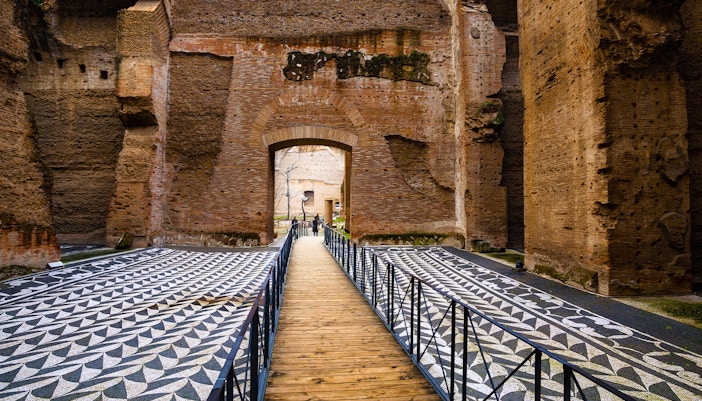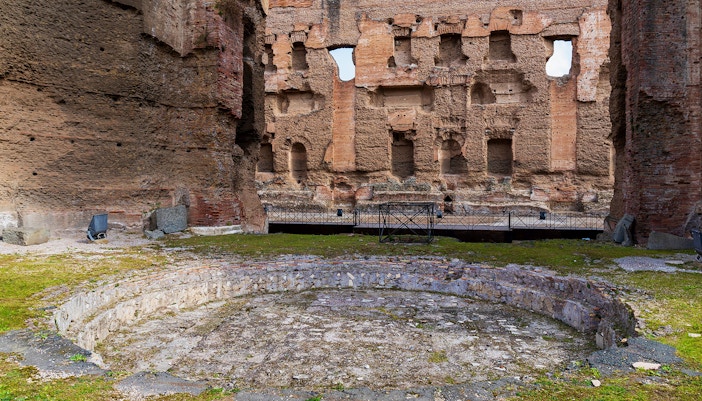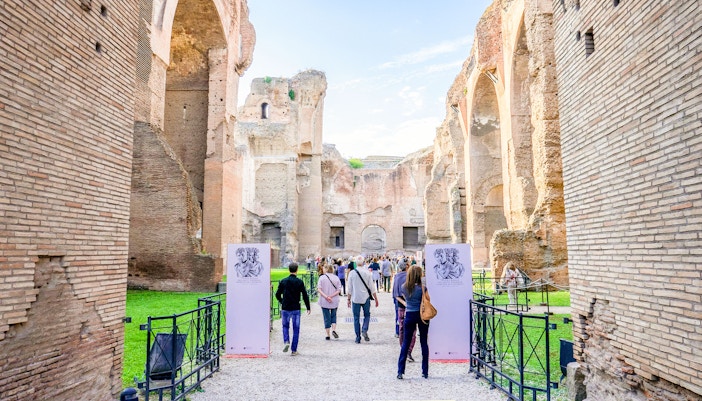A Timeline of the Baths of Caracalla
206 AD: Construction of the baths by Emperor Septimius Severus begins.
212-216 AD: Construction of the Roman Baths of Caracalla during the reign of Emperor Caracalla.
217 AD: Caracalla is assassinated and his successor, Emperor Macrinus, continues the construction of the baths.
235 AD: The Roman Baths of Caracalla are completed during the reign of Emperor Alexander Severus.
5th Century: With a capacity of 6000-8000 bathers, the Baths reaches its height of usage.
6th Century: The aqueduct that supplied the baths with water is destroyed during the Gothic Wars, are abandoned and fall into disrepair.
9th - 10th Centuries: The baths become dilapidated and suffer from earthquakes.
12th - 14 Centuries: Parts of the baths are salvaged and repurposed.
16th Century: Excavations begin and the ruins of the baths become a popular destination for architects.
18th - 19th Centuries: Excavations continue and many of the surviving structures are identified and partially restored.
20th Century: The site was opened to the public as a tourist attraction with musical concerts and operas.

